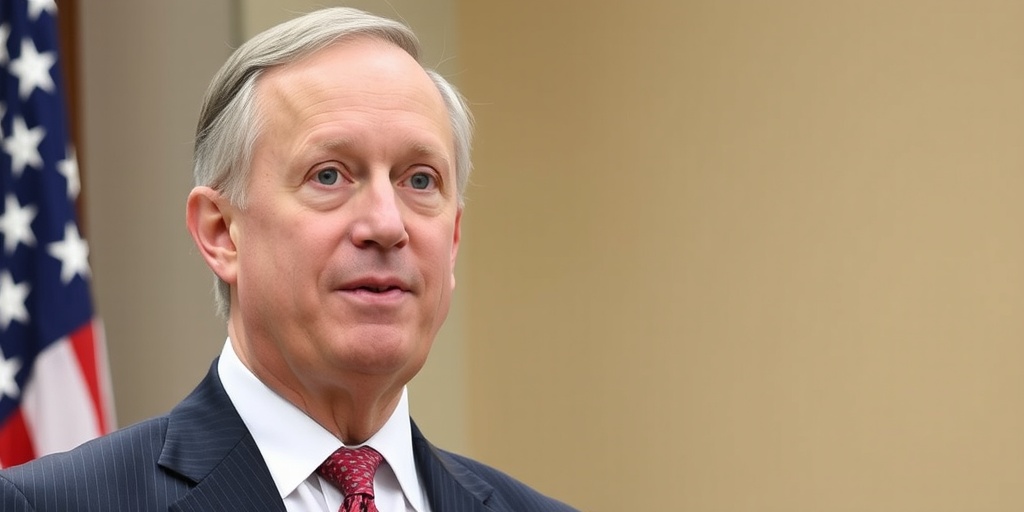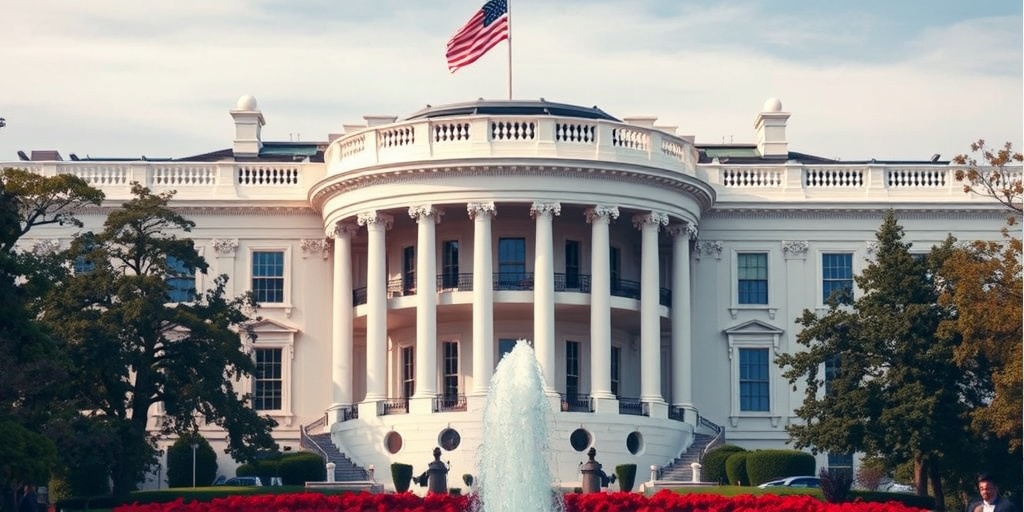Now Reading: Share Your Thoughts on Airplane Safety and the D.C. Reagan Airport Crash
-
01
Share Your Thoughts on Airplane Safety and the D.C. Reagan Airport Crash
Share Your Thoughts on Airplane Safety and the D.C. Reagan Airport Crash

Tragic Aviation Incident Raises Alarms About Air Safety
On January 29, a catastrophic collision involving a passenger jet and a military helicopter occurred in close proximity to Washington’s Ronald Reagan National Airport, marking the deadliest aviation accident in nearly 25 years. This disastrous incident resulted in the loss of 67 lives and has sparked renewed concerns about air safety protocols and communication systems in the increasingly congested airspace above the nation’s capital. The National Transportation Safety Board (NTSB) is currently undertaking a comprehensive investigation to ascertain the root causes of this tragic event.
The collision serves as a grim reminder that aviation safety, which has improved dramatically over the decades, is still susceptible to failures that could lead to devastating outcomes. Early indications from the ongoing investigation suggest that a combination of flawed communication among flight crews and congested airspace contributed to the accident. As air traffic increases, especially near major airports like Reagan National, the potential for human error in directing airplanes grows, raising questions about the efficacy of current protocols designed to prevent such tragedies.
This collision is not just an isolated incident; it is part of a disturbing trend in recent aviation accidents across the United States. Just a few weeks after the Washington crash, a separate incident occurred on February 17 when another U.S. passenger jet crash-landed in Toronto, Canada. Thankfully, this incident resulted in only minor injuries among the passengers and crew, but it underscores the ongoing risks associated with air travel.
In light of these accidents, there is a renewed urgency to address and improve aviation safety measures. Experts suggest that advancing technology in communication and navigation systems could play a critical role in preventing similar accidents in the future. Improved training for pilots and air traffic controllers, alongside a thorough review of existing safety protocols, are essential steps that aviation authorities must consider as they move forward.
To engage the public further in these discussions, media organizations are seeking insights from individuals who have firsthand experience or professional knowledge related to aviation safety. Whether you are a pilot who has witnessed critical oversights, a passenger affected by the recent tragedies, or a current or former government employee involved in aviation oversight, your perspective could contribute valuable information that may enhance the reporting on these dire issues.
The call for public input comes with a promise of confidentiality; any responses shared will be reviewed, and if further information is needed, the reporters will reach out for verification. This practice underscores the importance of accurate and responsible journalism, particularly when covering topics as sensitive as air travel and safety.
In addition to gathering individual perspectives, it is crucial to assess the situation from a broader viewpoint. Concerns about airline safety have prompted many citizens to express their apprehensions regarding the reliability of air travel in the United States. Questions surrounding regulatory oversight, technological advancements, and pilot training are at the forefront of this discussion.
Notably, the recent appointment of Elon Musk’s team in a government initiative aimed at enhancing efficiency raises questions about the future of aviation regulation. The new Department of Government Efficiency (DOGE) has been asked to review aviation oversight agencies, with many wondering whether Musk’s involvement could bring about a significant positive change. Opinions vary; some are optimistic that the review could yield beneficial reforms, while others remain skeptical about the potential for substantial improvements.
As industry stakeholders work to enhance aviation safety, it remains imperative that the public’s trust in air travel is restored. Following an incident like the Reagan National crash, confidence levels tend to dip, with many passengers expressing concerns about the safety measures in place. Engaging with the public can help alleviate these fears, ensuring that the aviation industry remains transparent and accountable.
In conclusion, the tragic events surrounding the January 29 collision at Ronald Reagan National Airport highlight the urgent need for reform in aviation safety. As investigations continue, and as discussions about oversight and communication protocols unfold, it is essential for all voices—pilots, passengers, and industry experts—to be heard. Only through collective effort can we hope to enhance the safety of air travel and prevent future tragedies.
Stay Informed With the Latest & Most Important News
Previous Post
Next Post
-
 01New technology breakthrough has everyone talking right now
01New technology breakthrough has everyone talking right now -
 02Unbelievable life hack everyone needs to try today
02Unbelievable life hack everyone needs to try today -
 03Fascinating discovery found buried deep beneath the ocean
03Fascinating discovery found buried deep beneath the ocean -
 04Man invents genius device that solves everyday problems
04Man invents genius device that solves everyday problems -
 05Shocking discovery that changes what we know forever
05Shocking discovery that changes what we know forever -
 06Internet goes wild over celebrity’s unexpected fashion choice
06Internet goes wild over celebrity’s unexpected fashion choice -
 07Rare animal sighting stuns scientists and wildlife lovers
07Rare animal sighting stuns scientists and wildlife lovers





















